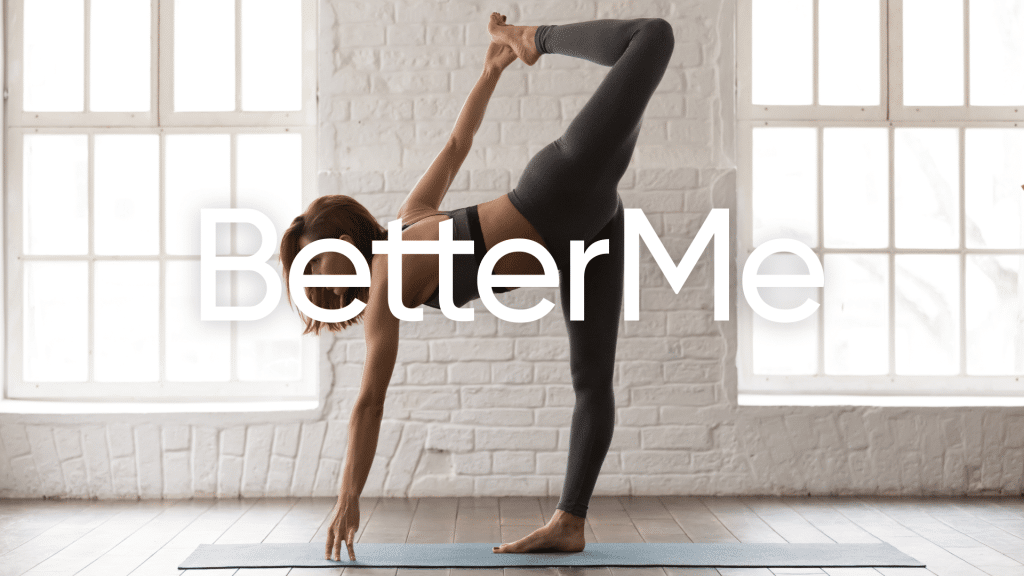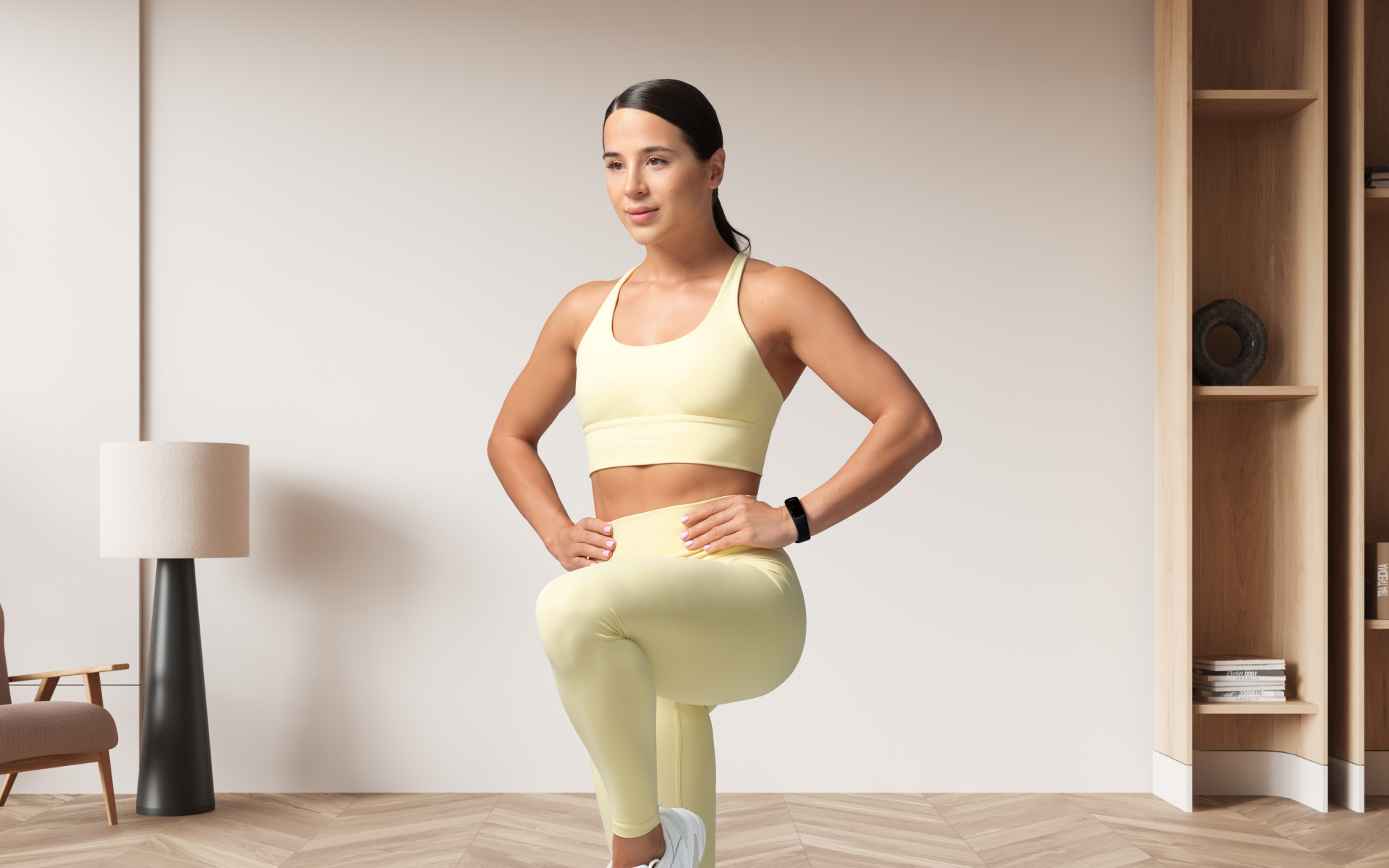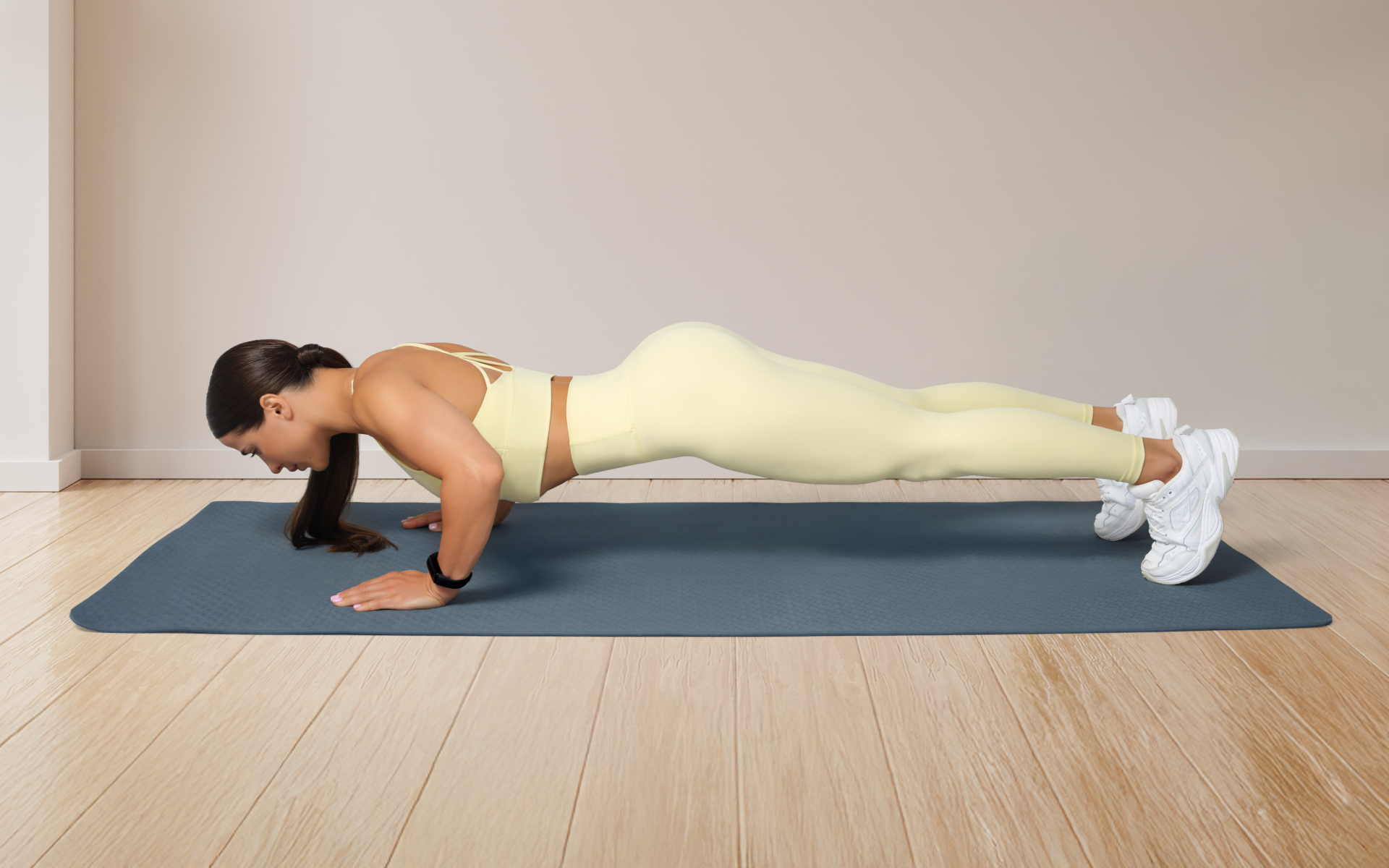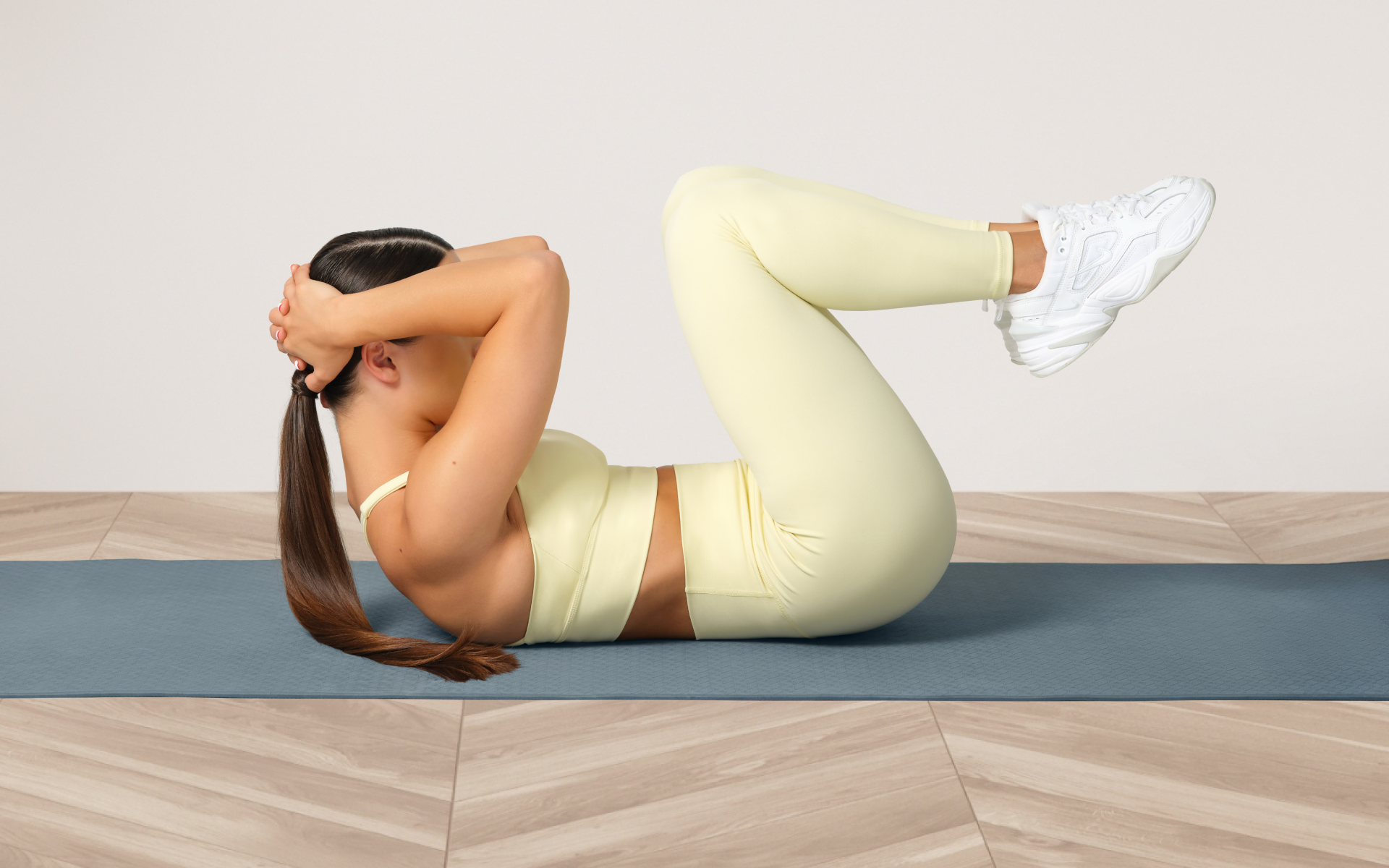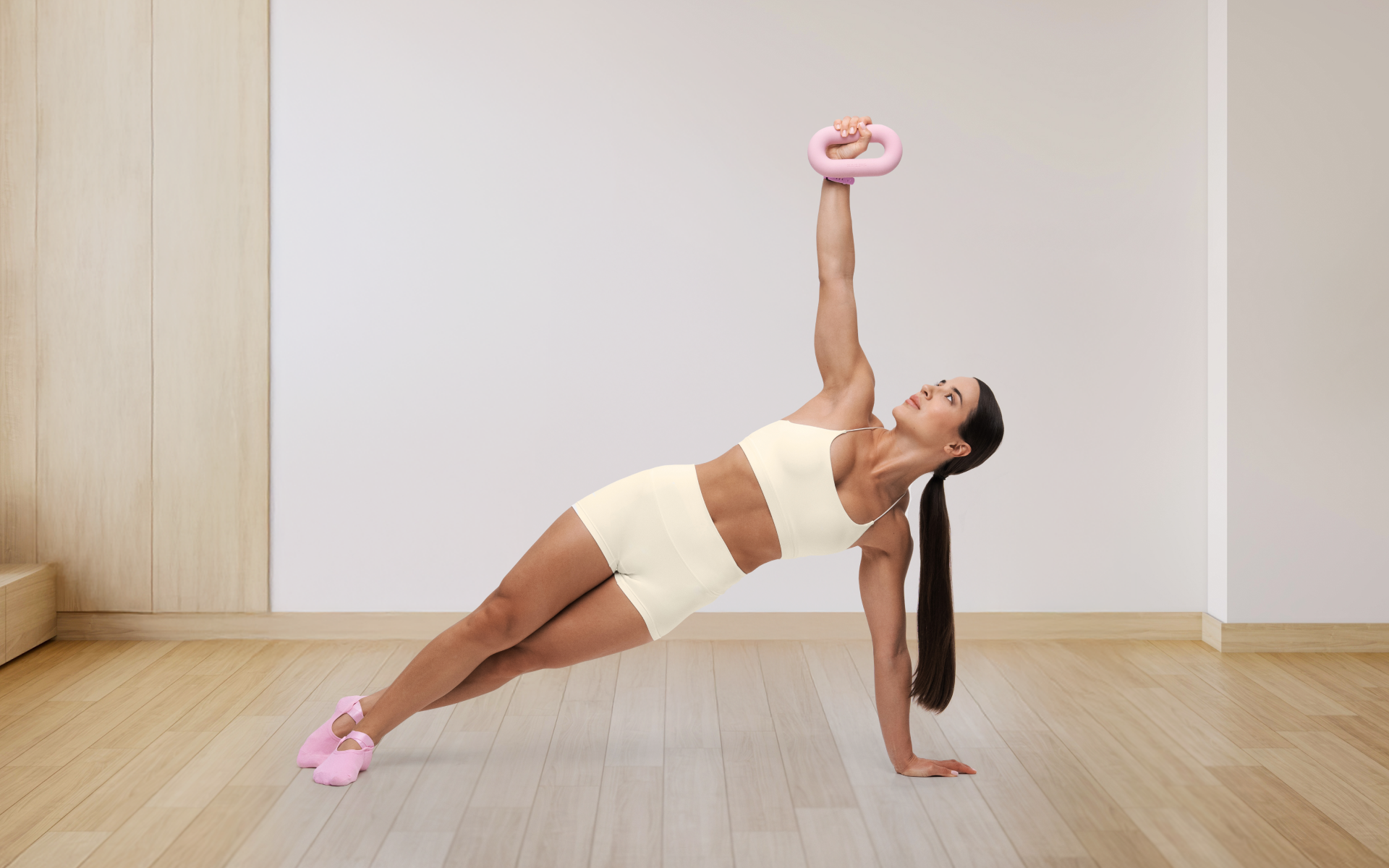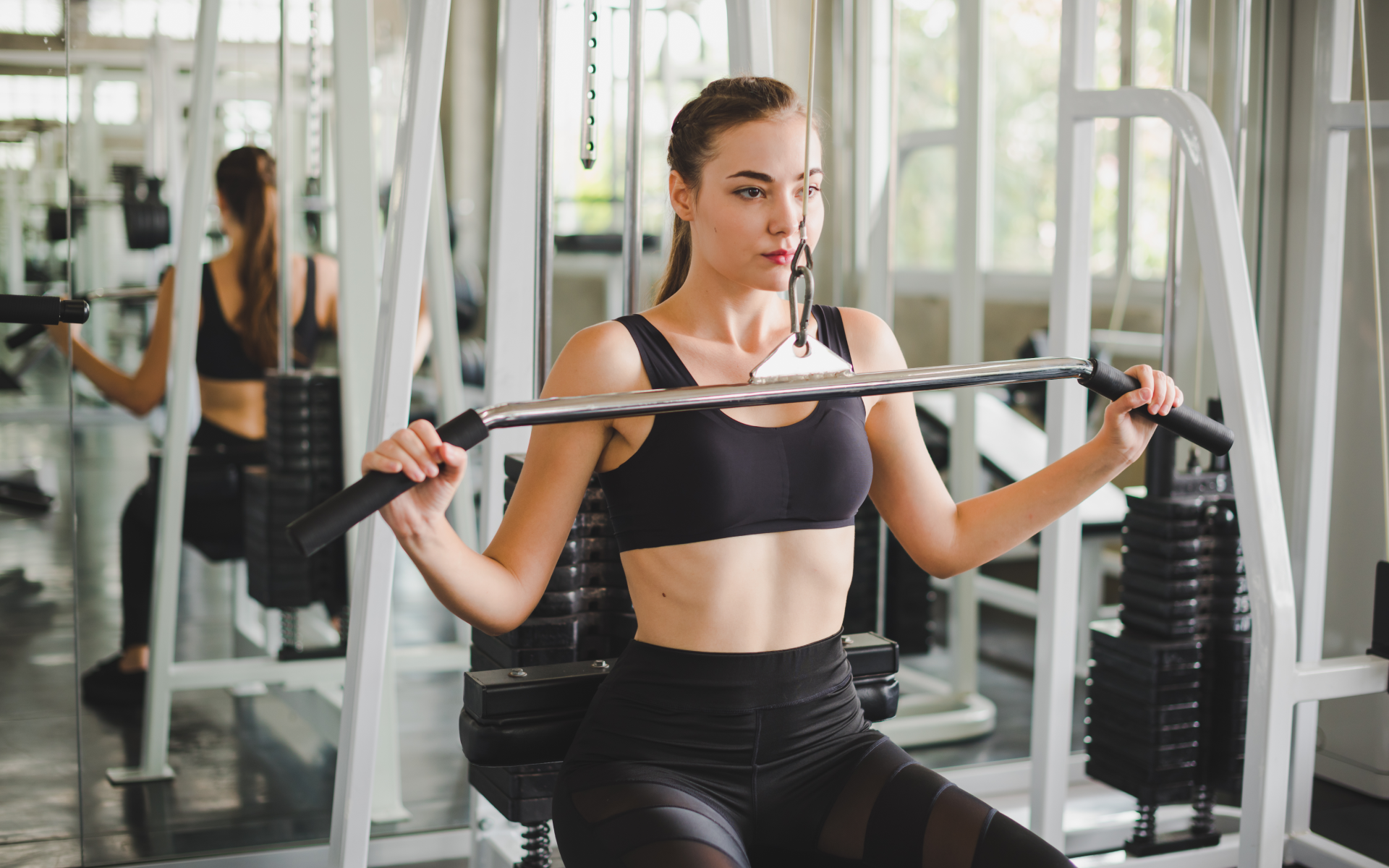A common goal most people usually write down for their new year’s resolution is to lose weight. There will be a side note next to the goal saying how you’ll be waking up every day at 5 am to go to your morning workout or how you will only eat vegetables and fruits and all that. While losing weight might be one of your goals, just writing it down and not doing anything about it for sure won’t help your case. Two main things are effective when it comes to weight loss; nutrition and exercise. While we aren’t going to talk so much about nutrition in this read, we are going to bring out the lowdown on exercise. Let’s just see how many exercises per workout are needed for weight loss.
Going blindly to the gym and then jumping right into workouts might not give you the results you want. We give you the props for making an effort and making your way to the gym, but that is not all you need to do to lose weight. As the adage goes, failing to plan is planning to fail. Before you make your way to the gym, you need to have a plan; a plan that includes your goal and how to get to your goal. Your goal shouldn’t be something general like, “I want to lose weight,” have a specific number of pounds you want to lose. Something like I want to lose 20 pounds is more like it. Now since you know your goal, the next thing to do is to work towards it.
Nutrition without exercise is just giving nutrition a heavy burden to carry and vice versa. To lose weight, you need to do these things; check what you eat as you burn more calories at the gym (3). Assuming you have the nutrition part in check, here are things you need to know to help yourself burn calories at the gym.
How Many Exercises Per Workout: What Are The Factors That Influence Weight Loss?
There are certain factors apart from exercising and nutrition that affect weight loss that shouldn’t be ignored. You might be hitting the gym as hard as you can, but your weight loss journey might be impaired without checking these factors. Here are some of these factors:
-
Sleep
Sleep and weight loss go hand in hand. Sufficient sleep is required to promote weight loss. On average. a person should sleep for eight hours a day. Not getting enough sleep might have you starting bad habits like late night snacking, which will deter your weight loss journey. Studies also show that the less you sleep, the more likely you are to store fat and bring in more calories (1).
Apart from that, the lack of enough sleep also affects your hormones, and this can lead to weight gain. The hormones that are responsible for regulating your appetite are usually affected by the amount of sleep you get. These hormones are ghrelin and leptin (1). Ghrelin helps promote appetite and fat storage, while leptin helps to suppress your appetite. When you don’t get enough sleep, this results in high levels of ghrelin and low levels of leptin, resulting in more food consumed (1).
-
Stress
Stress is yet another thing that can affect your weight loss journey. The hormone associated with stress is cortisol. When your stress levels are high, your cortisol levels also increase. High levels of cortisol are usually responsible for reducing insulin sensitivity and can also promote the storage of fat around the stomach area (1). Stress also promotes habits like stress-eating, which results in you bringing in more calories than you normally do hence leading to weight gain.
-
Age
The older you get, the more weight you are likely to gain. The main reason for this is the slowing of your metabolism (1). As you get older, most of your muscle mass starts being replaced by fat mass. It is known that muscles have a higher rate of metabolism at rest as compared to fat mass, so since your fat mass increases more than your muscle mass, your metabolism also reduces (1).
-
Not Drinking Enough Water
Is there anyone who doesn’t know the importance of drinking enough water? Well, here is another reason as to why you should drink enough water. Being hydrated helps prevent weight gain. When you are thirsty, your cells will signal to your brain that you need more fluid. The problem is that at times this signal isn’t very clear to many people and they instead end up eating rather than drinking, which tends to promote weight gain (1).
Apart from this, water helps in weight loss by promoting satiety. If you drink water before a meal, you are likely to feel full faster compared with not drinking water before eating. This reduces the calories you consume and thus promotes weight loss.
-
Genes
Your genetic makeup also comes to play with issues related to weight gain and weight loss. Genes are known to affect the amount of fat your body stores and where it stores it. There are also some gene mutations that may cause an increase in appetite and weight gain (4).
Read More: Muscular Strength Exercises: Kick Your Fitness Routine Up A Notch
How Many Exercises Per Workout Session For Weight Loss?
Just like most things when it comes to weight loss, there is no blanket answer to this question. There are factors that come into play, like how many pounds do you want to lose? Which kind of exercises are you doing? How long are you doing the exercises and so on.
When it comes to how many pounds you want to lose, the person who wants to lose more pounds will have to work out more than a person who wants to lose, let’s say 2 pounds in 2 months.
When it comes to the kind of exercises you are doing, it goes without saying that different exercises burn calories differently. The number of calories you would burn doing mountain climbers is not the same number of calories you would burn by going for a walk.
When it comes to the intensity of the workout, the more intensity you put into your workout session, the more calories you are likely to burn. High-intensity workouts burn more calories than low or moderate-intensity workouts.
How Many Exercises Per Workout: How Much Should You Workout Everyday To Lose Weight?
When it comes to this question, we shall look at the two main exercises and how long you should do each in a week. The two main exercises that help with weight loss are cardiovascular exercises (aerobic activity) and strength training.
An average human being is advised to get a minimum of 150 minutes of moderate aerobic activity in a week or 75 minutes of vigorous aerobic activity or a mixture of the two (6). Since that is the amount that is advised for every week, you can divide those minutes by the number of times you workout every week. If you do vigorous aerobic activities 3 times a week, you need to do 25 minutes of vigorous aerobic exercises every workout session. If you do moderate aerobic activities 3 times a week, you need to do 50 minutes of moderate aerobic exercises every workout session. To have a clear difference between vigorous and moderate aerobic exercises, vigorous exercises include sprinting and jumping rope exercises. In contrast, moderate exercises include exercises like taking a walk and swimming.
Strength Training
When it comes to strength training, an average human is advised to do strength training for all the major muscle groups for a minimum of two times a week (6). You are also advised to at least do a single set for each exercise. You should use a resistance that is heavy enough to tire your muscles after 12 to 15 repetitions. When it comes to resistance training, you can use your own bodyweight or use resistance equipment like resistance bands.
It goes without saying, but the more you exercise, the faster you are to getting to your weight goals. If you feel like 150 minutes of moderate cardio are not enough, ramp up your exercise and do 200 minutes or even 300 minutes. Being active also helps to lose weight, so try as much as you can to be up and going instead of sitting curled on the sofa watching a tv series for more than 6 hours.
How Many Exercises Per Workout: How Many Calories Should You Burn In A Workout To Lose Weight?
In order to lose weight, you have to burn more calories than you consume. The recommended weight loss is 1 – 2 pounds in a week. That translates to 3500 to 7000 calories in a week. So, if you are trying to lose 1 pound in a week, you have to divide it between eating fewer calories and working out. A good way to do this is to lose 1500 calories by cutting your calorie intake and 2000 calories from working out in a week.
If you only workout 5 days a week because you don’t want to work out every day of the week (as rest is also important in a workout program), you need to burn 400 to 500 calories in each workout. This translates to 2000 calories, and as a result you are going to be able to hit your weekly target. You need to keep in mind that the number of calories you burn is influenced by things like weight, gender and other factors (5). A man who is 180 pounds is likely to burn more calories than a woman who weighs 120 pounds while both doing the same workout.
How To Track The Calories You Burn Per Workout?
The good thing about technology is that it has made things like tracking calories easier. The Apple Watch and many other smartwatches can help you track the number of calories you burn while working out (5).
Apart from using the smartwatches, you can use various online calculators that help track the calories you burn in a workout:
The online calculators use this formula to calculate how many calories you burn per workout (7):
Calories Burned = Duration of the exercise in minutes * ( MET * 3.5 * Weight in Kgs)/200
MET, also referred to as the metabolic equivalent for a task, estimates how much energy your body uses during a certain activity, and all online calculators have this built-in.
Read More: Body Composition Exercises: A Foolproof Way To Encourage Weight Loss And Shape A Stronger Body
How Many Exercises Per Workout Session For Weight Loss
Since there is no exact answer that would be sufficient for everyone, below is a table highlighting the calories a 125-pound person, a 155-pound person and a 185-pound person are likely to burn doing different workouts for 30 minutes (2).
CALORIES BURNED IN HALF AN HOUR
| ACTIVITY | 125 POUND PERSON | 155 POUND PERSON | 185 POUND PERSON |
|---|---|---|---|
| General Weight Lifting | 90 | 112 | 133 |
| Water Aerobics | 120 | 149 | 178 |
| Stretching, Hatha Yoga | 120 | 149 | 178 |
| Moderate Calisthenics | 135 | 168 | 200 |
| General Riders | 150 | 186 | 222 |
| Low Impact Aerobics | 165 | 205 | 244 |
| General Stair Step Machine | 180 | 223 | 266 |
| Teaching Aerobics | 180 | 223 | 266 |
| Vigorous Weight Lifting | 180 | 223 | 266 |
| Low Impact Aerobics, Step | 210 | 260 | 311 |
| High Impact Aerobics | 210 | 260 | 311 |
| Moderate Cycling, Stationary | 210 | 260 | 311 |
| Moderate Rowing, Stationary | 210 | 260 | 311 |
| Vigorous Calisthenics | 240 | 298 | 355 |
| General Circuit Training | 240 | 298 | 355 |
| Vigorous Rowing, Stationary | 255 | 316 | 377 |
| General Elliptical Trainer | 270 | 335 | 400 |
| General Ski Machine | 285 | 353 | 422 |
| High Impact Aerobics, Step | 300 | 372 | 444 |
| Vigorous Cycling, Stationary | 315 | 391 | 466 |
| ACTIVITY | 125 POUND PERSON | 155 POUND PERSON | 185 POUND PERSON |
|---|---|---|---|
| Billiards | 75 | 93 | 111 |
| Bowling | 90 | 112 | 133 |
| Dancing: slow, waltz, foxtrot | 90 | 112 | 133 |
| Frisbee | 90 | 112 | 133 |
| Volleyball: non-competitive, general play | 90 | 112 | 133 |
| Water Volleyball | 90 | 112 | 133 |
| Archery: non-hunting | 105 | 130 | 155 |
| Golf: using cart | 105 | 130 | 155 |
| Hang Gliding | 105 | 130 | 155 |
| Curling | 120 | 149 | 178 |
| Gymnastics: general | 120 | 149 | 178 |
| Horseback Riding: general | 120 | 149 | 178 |
| Tai Chi | 120 | 149 | 178 |
| Volleyball: competitive, gymnasium play | 120 | 149 | 178 |
| Walking: 3.5 mph (17 min/mi) | 120 | 149 | 178 |
| Badminton: general | 135 | 167 | 200 |
| Walking: 4 mph (15 min/mi) | 135 | 167 | 200 |
| Kayaking | 150 | 186 | 222 |
| Skateboarding | 150 | 186 | 222 |
| Snorkeling | 150 | 186 | 222 |
| Softball: general play | 150 | 186 | 222 |
| Walking: 4.5 mph (13 min/mi) | 150 | 186 | 222 |
| Whitewater: rafting, kayaking | 150 | 186 | 222 |
| Dancing: disco, ballroom, square | 165 | 205 | 244 |
| Golf: carrying clubs | 165 | 205 | 244 |
| Dancing: fast, ballet, twist | 180 | 233 | 266 |
| Fencing | 180 | 233 | 266 |
| Hiking: cross-country | 180 | 233 | 266 |
| Skiing: downhill | 180 | 233 | 266 |
| Swimming: general | 180 | 233 | 266 |
| Walk/Jog: jog <10 min | 180 | 233 | 266 |
| Water Skiing | 180 | 233 | 266 |
| Wrestling | 180 | 233 | 266 |
| Basketball: wheelchair | 195 | 242 | 289 |
| Race Walking | 195 | 242 | 289 |
| Ice Skating: general | 210 | 260 | 311 |
| Racquetball: casual, general | 210 | 260 | 311 |
| Rollerblade Skating | 210 | 260 | 311 |
| Scuba or skin diving | 210 | 260 | 311 |
| Sledding, luge, toboggan | 210 | 260 | 311 |
| Soccer: general | 210 | 260 | 311 |
| Tennis: general | 210 | 260 | 311 |
| Basketball: playing a game | 240 | 298 | 355 |
| Bicycling: 12-13.9 mph | 240 | 298 | 355 |
| Football: touch, flag, general | 240 | 298 | 355 |
| Hockey: field & ice | 240 | 298 | 355 |
| Rock Climbing: rappelling | 240 | 298 | 355 |
| Running: 5 mph (12 min/mile) | 240 | 298 | 355 |
| Running: pushing wheelchair, marathon wheeling | 240 | 298 | 355 |
| Skiing: cross-country | 240 | 298 | 355 |
| Snow Shoeing | 240 | 298 | 355 |
| Swimming: backstroke | 240 | 298 | 355 |
| Volleyball: beach | 240 | 298 | 355 |
| Bicycling: BMX or mountain | 255 | 316 | 377 |
| Boxing: sparring | 270 | 335 | 400 |
| Football: competitive | 270 | 335 | 400 |
| Orienteering | 270 | 335 | 400 |
| Running: 5.2 mph (11.5 min/mile) | 270 | 335 | 400 |
| Running: cross-country | 270 | 335 | 400 |
| Bicycling: 14-15.9 mph | 300 | 372 | 444 |
| Martial Arts: judo, karate, kickbox | 300 | 372 | 444 |
| Racquetball: competitive | 300 | 372 | 444 |
| Rope Jumping | 300 | 372 | 444 |
| Running: 6 mph (10 min/mile) | 300 | 372 | 444 |
| Swimming: breaststroke | 300 | 372 | 444 |
| Swimming: laps, vigorous | 300 | 372 | 444 |
| Swimming: treading, vigorous | 300 | 372 | 444 |
| Water Polo | 300 | 372 | 444 |
| Rock Climbing: ascending | 330 | 409 | 488 |
| Running: 6.7 mph (9 min/mile) | 330 | 409 | 488 |
| Swimming: butterfly | 330 | 409 | 488 |
| Swimming: crawl | 330 | 409 | 488 |
| Bicycling: 16-19 mph | 360 | 446 | 533 |
| Handball: general | 360 | 446 | 533 |
| Running: 7.5 mph (8 min/mile) | 375 | 465 | 555 |
| Running: 8.6 mph (7 min/mile) | 435 | 539 | 644 |
| Bicycling: > 20 mph | 495 | 614 | 733 |
| Running: 10 mph (6 min/mile) | 495 | 614 | 733 |
To determine how many exercises per workout for weight loss, you need to first set your daily goal, which is the amount of calories you need to burn per day. With that done, depending on the weight category you belong to from the table, you can be able to see how many calories you burn from doing the different exercises and sporting activities. For the people in the intermediate weights which are not mentioned, you can use the weight close to your weight to approximate the number of calories you are likely to burn from the workout as the numbers don’t differ by large numbers. For example, if you are 160 pounds, you can use the 155-pound table.
DISCLAIMER:
This article is intended for general informational purposes only and does not address individual circumstances. It is not a substitute for professional advice or help and should not be relied on to make decisions of any kind. Any action you take upon the information presented in this article is strictly at your own risk and responsibility!
SOURCES:
- 7 Things That Affect Your Weight (Besides Diet and Exercise) (n.d., aaptiv.com)
- Calories burned in 30 minutes for people of three different weights (2018, health.harvard.edu)
- Exercise for weight loss: Calories burned in 1 hour (2019, mayoclinic.org)
- Factors Affecting Weight & Health (2018, niddk.nih.gov)
- How many calories should you burn in a workout to lose weight? (2021, cnet.com)
- How much should the average adult exercise every day? (2019, mayoclinic.org)
- How to Calculate the Calories You Burn During Exercise (2020, verywellfit.com)

